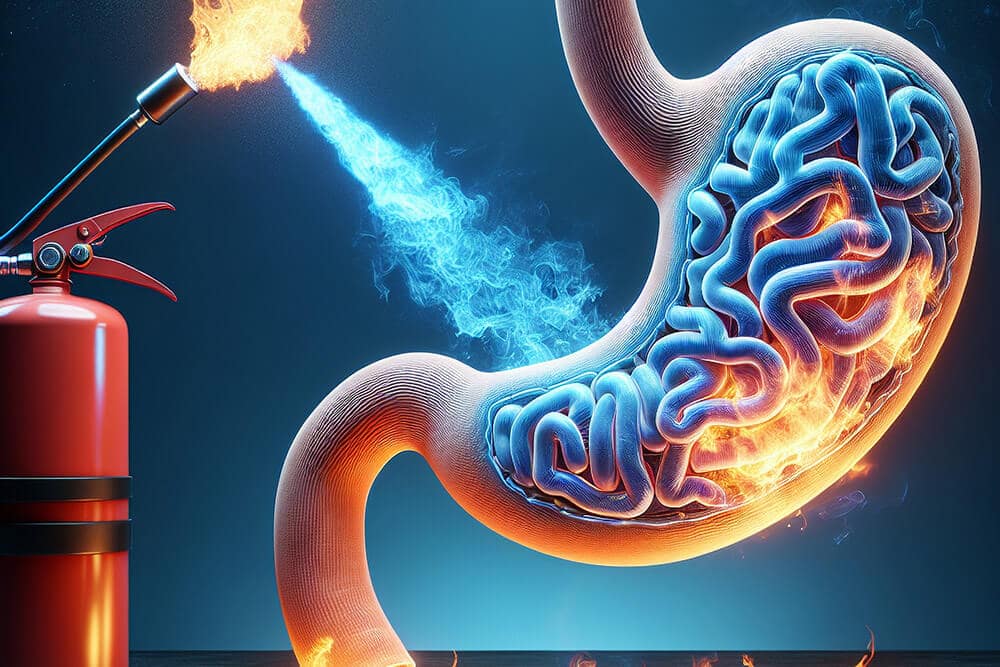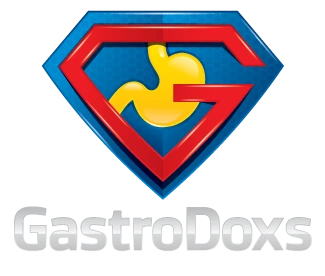Expert Treatment for Dilated Cbd by Dr. Bharat Pothuri
Dr. Pothuri uses a step-by-step approach:
Medical History and Physical Exam
He reviews your history of epigastric pain, gallbladder surgery, alcohol use, and any prior biliary issues. A focused abdominal exam checks for tenderness, palpable gallbladder, or jaundice.
Blood Tests
Laboratory studies include:
- Comprehensive liver panel (AST, ALT, alkaline phosphatase)
- Total and direct bilirubin levels
- Pancreatic enzymes (amylase, lipase) to rule out pancreatitis
- CBC and inflammatory markers (e.g., CRP) if infection is suspected
Imaging Studies
- Right upper quadrant ultrasound to assess duct diameter, gallstones, and bile duct dilation
- MRCP (Magnetic Resonance Cholangiopancreatography) for a non-invasive, detailed view of the biliary tree
Advanced Endoscopic Evaluation (if indicated)
If imaging suggests obstruction or if therapeutic intervention is needed, Dr. Pothuri performs:
- ERCP (Endoscopic Retrograde Cholangiopancreatography) to directly visualize, sample, and relieve blockages
- EUS (Endoscopic Ultrasound) for high-resolution images of the bile ducts and surrounding structures

Frequently Asked Questions
What causes a dilated common bile duct?
Obstruction from stones, strictures, tumors, or pancreatitis can widen the duct.
What symptoms might I have?
Jaundice, dark urine, pale stools, itching, and right-upper-quadrant pain.
How is it diagnosed?
Ultrasound, MRCP, or ERCP visualize the duct and locate blockages.
What treatments are used?
Endoscopic stone extraction, stent placement, or surgery to relieve obstruction.
Is a dilated CBD serious?
Yes-if untreated, it can lead to cholangitis or biliary cirrhosis.
When is urgent care needed?
Seek immediate help for fever, chills, severe pain, or rapidly worsening jaundice.












